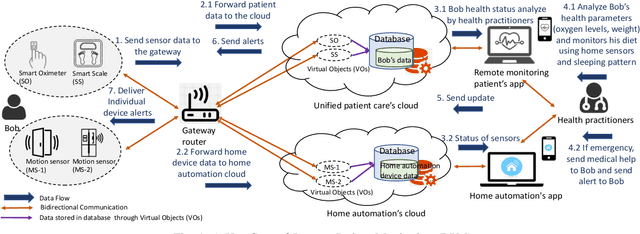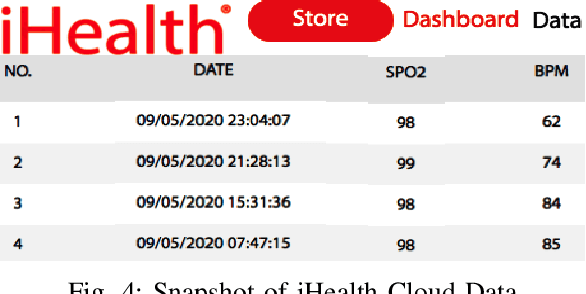Smriti Bhatt
MIST: Medical Image Segmentation Transformer with Convolutional Attention Mixing (CAM) Decoder
Oct 30, 2023Abstract:One of the common and promising deep learning approaches used for medical image segmentation is transformers, as they can capture long-range dependencies among the pixels by utilizing self-attention. Despite being successful in medical image segmentation, transformers face limitations in capturing local contexts of pixels in multimodal dimensions. We propose a Medical Image Segmentation Transformer (MIST) incorporating a novel Convolutional Attention Mixing (CAM) decoder to address this issue. MIST has two parts: a pre-trained multi-axis vision transformer (MaxViT) is used as an encoder, and the encoded feature representation is passed through the CAM decoder for segmenting the images. In the CAM decoder, an attention-mixer combining multi-head self-attention, spatial attention, and squeeze and excitation attention modules is introduced to capture long-range dependencies in all spatial dimensions. Moreover, to enhance spatial information gain, deep and shallow convolutions are used for feature extraction and receptive field expansion, respectively. The integration of low-level and high-level features from different network stages is enabled by skip connections, allowing MIST to suppress unnecessary information. The experiments show that our MIST transformer with CAM decoder outperforms the state-of-the-art models specifically designed for medical image segmentation on the ACDC and Synapse datasets. Our results also demonstrate that adding the CAM decoder with a hierarchical transformer improves segmentation performance significantly. Our model with data and code is publicly available on GitHub.
Detecting Anomalous User Behavior in Remote Patient Monitoring
Jun 22, 2021



Abstract:The growth in Remote Patient Monitoring (RPM) services using wearable and non-wearable Internet of Medical Things (IoMT) promises to improve the quality of diagnosis and facilitate timely treatment for a gamut of medical conditions. At the same time, the proliferation of IoMT devices increases the potential for malicious activities that can lead to catastrophic results including theft of personal information, data breach, and compromised medical devices, putting human lives at risk. IoMT devices generate tremendous amount of data that reflect user behavior patterns including both personal and day-to-day social activities along with daily routine health monitoring. In this context, there are possibilities of anomalies generated due to various reasons including unexpected user behavior, faulty sensor, or abnormal values from malicious/compromised devices. To address this problem, there is an imminent need to develop a framework for securing the smart health care infrastructure to identify and mitigate anomalies. In this paper, we present an anomaly detection model for RPM utilizing IoMT and smart home devices. We propose Hidden Markov Model (HMM) based anomaly detection that analyzes normal user behavior in the context of RPM comprising both smart home and smart health devices, and identifies anomalous user behavior. We design a testbed with multiple IoMT devices and home sensors to collect data and use the HMM model to train using network and user behavioral data. Proposed HMM based anomaly detection model achieved over 98% accuracy in identifying the anomalies in the context of RPM.
 Add to Chrome
Add to Chrome Add to Firefox
Add to Firefox Add to Edge
Add to Edge